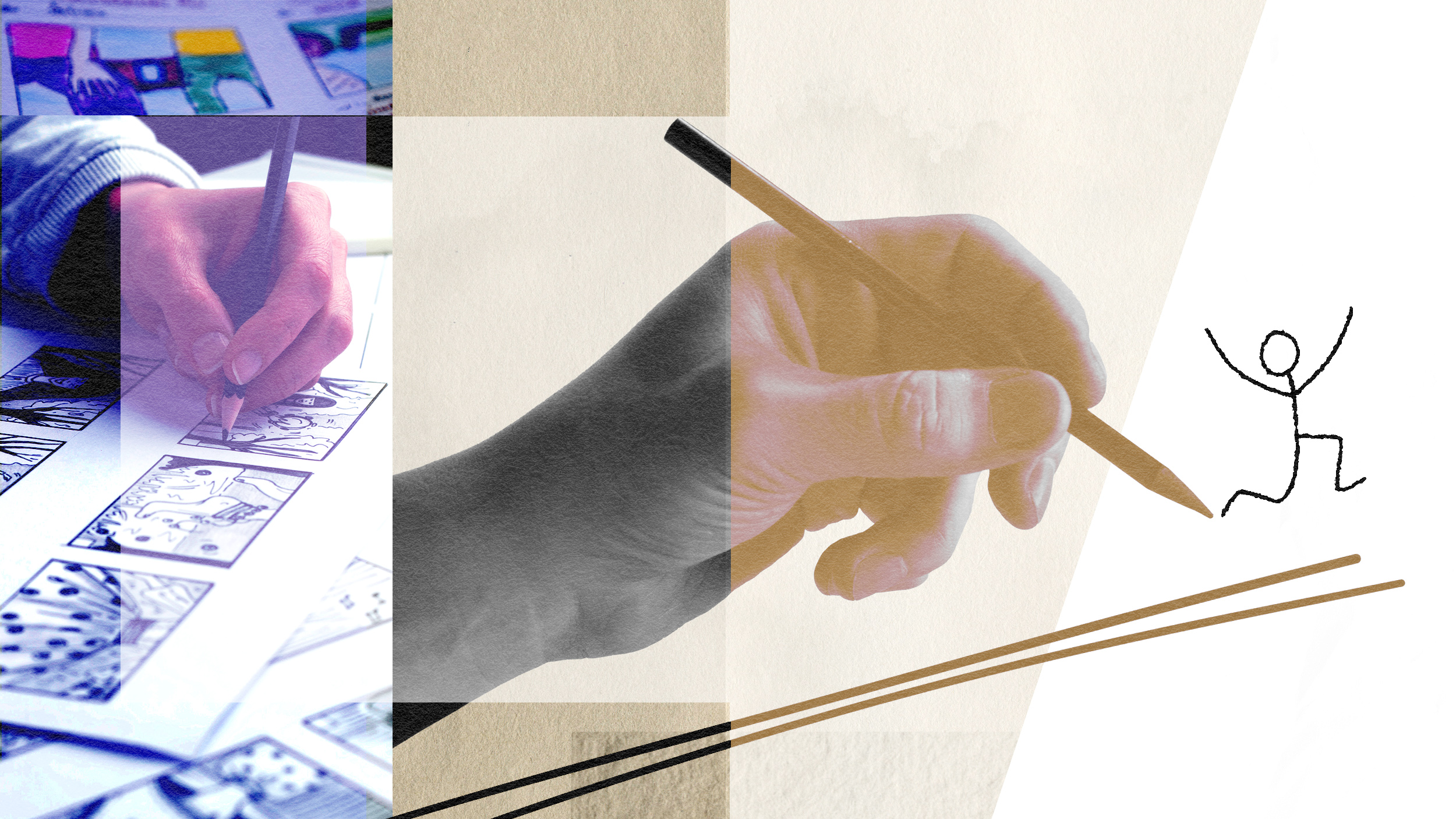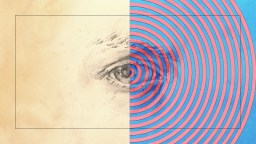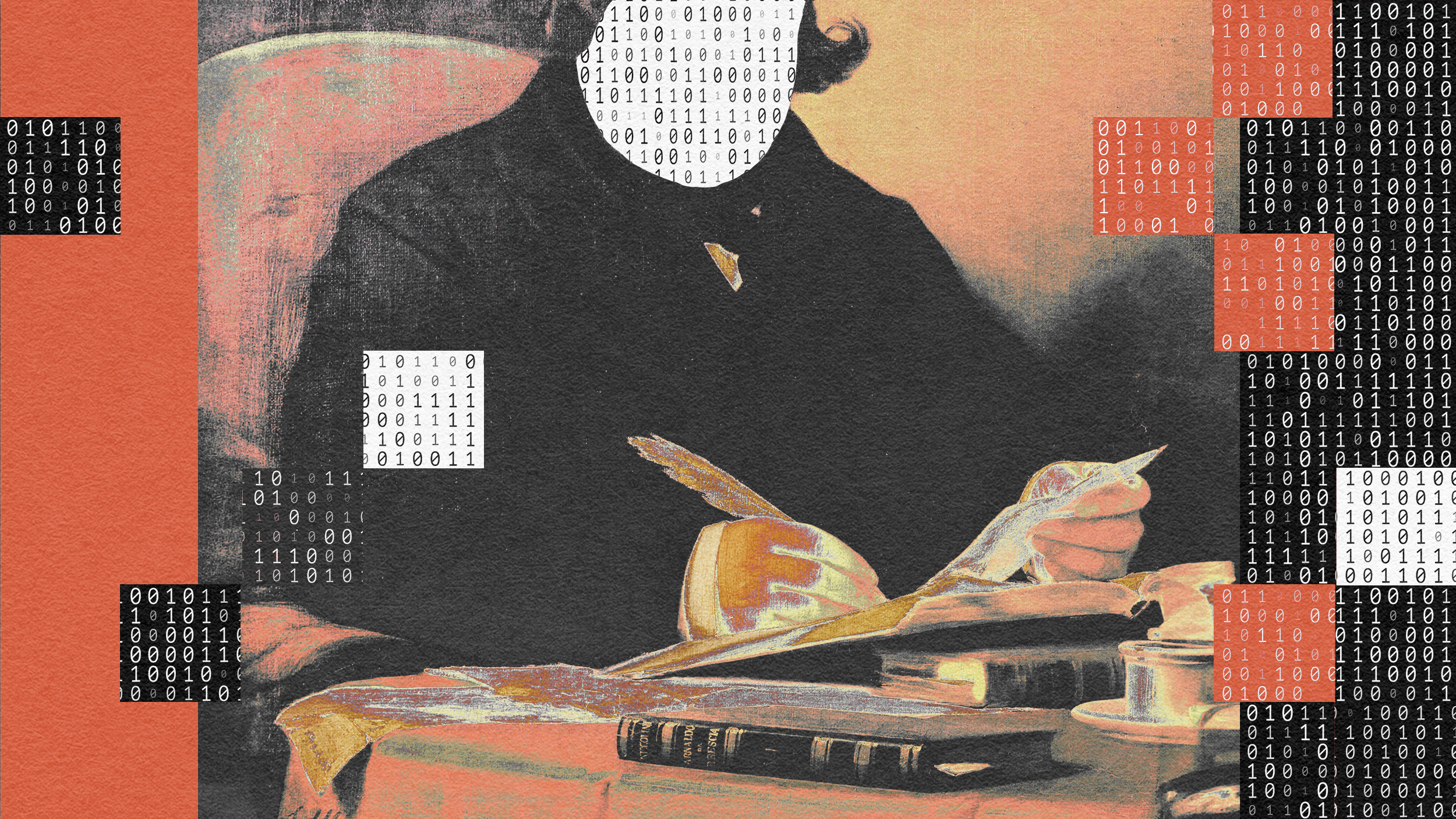After a trip to the art gallery, people normally find themselves exhausted. Extracting the meaning from 100+ artworks over several hours is a tough task for your mind; you’re neural resources are depleted, and the nearest place to recover is the museum café that sells cups of tea and sponge cake that cost almost as much the admission.
American painter, printmaker, and stage designer David Salle has written a tome on one of the most elemental aspects of the art experience, one that’s so basic that we forget it may need to be tuned every now and then: how to see.
Our first instinct when we come across an artwork is to mine significance from it: what does it mean, what was the artists’ emotional field, how do I respond to it, what category does it fit into? In Salle’s view, that skips the crucial step of simply looking. Art is a visual stimulus first, and a cerebral undertaking second. Whatever informal experience or formal education we have in art studies, Salle advises us to unlearn it momentarily, to abandon our higher brain function and first see the artwork as something made of physical parts. Shapes, colors, textures, materials, the things that exist before our brain interferes with weighty ideas.
Salle uses the perfect example of life drawing. Usually a first-time sketcher will allow their brain to fool them; their brain knows that the model before them has two eyes, a nose, a mouth and two ears so it will prompt the artist to draw what should be there, regardless of whether they can see all these features from where they’re sitting. Accurate perception takes a backseat to expectation. “We go to it intent on ferreting out the meaning, which sometimes happens in advance of doing the actual looking,” Salle says.
David Salle’s book is How to See: Looking, Talking, and Thinking about Art.
David Salle: Not all art necessarily makes an appeal to the visual senses, but let's say that most of it does. So it might seem unnecessary or unnecessarily elementary to say so, but sometimes it's worth reminding ourselves that art is something meant to be seen primarily, that the appeal that art makes to our intellect and emotions, our attention, is achieved through visual stimuli and that's a different animal than other things, than writing or music. The eyes are capable of incredibly subtle perceptual distinctions that happen at an unconscious level. So the act of looking consciously is the really partly a matter of paying attention to what it is we notice when we really look at something.
Another way of putting it is to think about drawing, if you've ever taken a drawing class or you've ever even read a book about how drawing is taught, the first most elementary lesson is usually a demonstration of the difference between what you see in front of you and what you think you see. The first attempts at drawing something from life, from perception, invariably involve distorting what's actually in front of you because the brain intercedes with the eye and gives false information.
For example, we know that the head has two eyes a nose and a mouth so we will draw it that way even if in fact we don't see both eyes equally or we don't see - depending upon our point of view we'll see a partial representation of what the brain thinks of as reality. So this is a long way around of saying that the way to approach the visual world is to take in the information and let it work on your cortex without, well it's impossible to say without but while trying to stay neutral in terms of what we think we know because part of the confusion surrounding contemporary art is we know it's laden with meaning and we go to it intent on ferreting out the meaning, which sometimes happens in advance of doing the actual looking.
When I say that ideally one should approach art with a visually neutral kind of screen that visual neutrality is, of course, a kind of cultural impossibility. None of us are neutral nor could we ever be and probably nor should we be. When I say one should approach art with a neutral eye what I mean is to try to log, in your brain to log what's there physically in terms of what was made in advance of reaching for what the thing might or might not mean. So if you're looking at a portrait, let's say what is a portrait? A portrait is a painting of a face. Of course the face is the subject but the way the face is painted, the way the portrait is presented to us in its specificity is more important as art than who it's a portrait of.
It's probably not possible to view art without the filter of 17 different kinds of cultural filters. I don't think that that would be - probably that would require the equanimity of a Buddha, however what I'm suggesting and what I'm advocating in the book is simply to devote some of one's attention to the physical fact of what is in front of us, the physical fact of what was made; how it was made; what materials we used; how was it done kind of question as opposed to what it's a representation of. This kind of attention is what used to be called formalism, which I think is a little bit of a misnomer and it has been I think unfairly or unusefully demonized as something either culturally aloof or simply not interesting. But the first principles of in any field on any art form, music, architecture, literature, the first principles being how is it constructed, what is it construct of, those are the kinds of perceptual questions, which anyone can ask themselves and be aware of without any cultural training.
The impulse to make art is a mysterious one. It still remains mysterious after many millennia. What is that impulse that compels someone to make an image of something on a two-dimensional surface or a three-dimensional form for that matter? I often think that the way to approach art is to imagine doing it for one's self, imagine what are the steps involved to make that thing that you're looking at. What would you have to do if you were going to make that, whatever that is? Even things as banal as getting on the subway to go to the art supply store what do you have to buy? What are the materials you have to buy? What kind of space do you need to be able to make that thing in?
In other words, one way to think about art is to imagine yourself as the artist; imagine yourself as the maker; put yourself in the artist's shoes so to speak and imagine the steps that one would have to go through. Very much like when you read a cookbook and there's an illustrated step-by-step recipe that you follow, first you have to put these ingredients in and then you have to preheat the oven. Sometimes imagining the banal task like steps involved in the making something helps us to appreciate what it is that was made instead of looking at the results in a completely meaning laden kind of away. I mean not to strain it to the breaking point but if the cooking analogy has any use at all, we don't ask a pie what does it mean we just ask does it taste good. And then if you're interested in how it stacks up next to other pies then you might ask yourself what was the recipe and why were there ingredients and what's different about those from some other ingredients?
All of this is another way of saying that art is something that someone made and the human aspect of the making part of it is I think the place where one can reliably go to both find a connection to the art and also to get closer to whatever the artist's emotional field might be.






